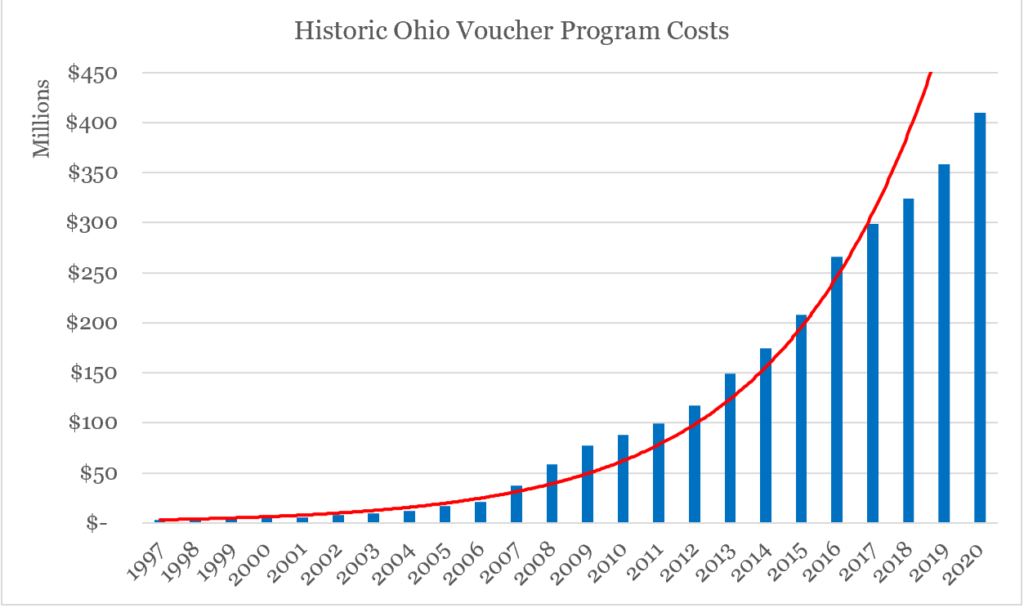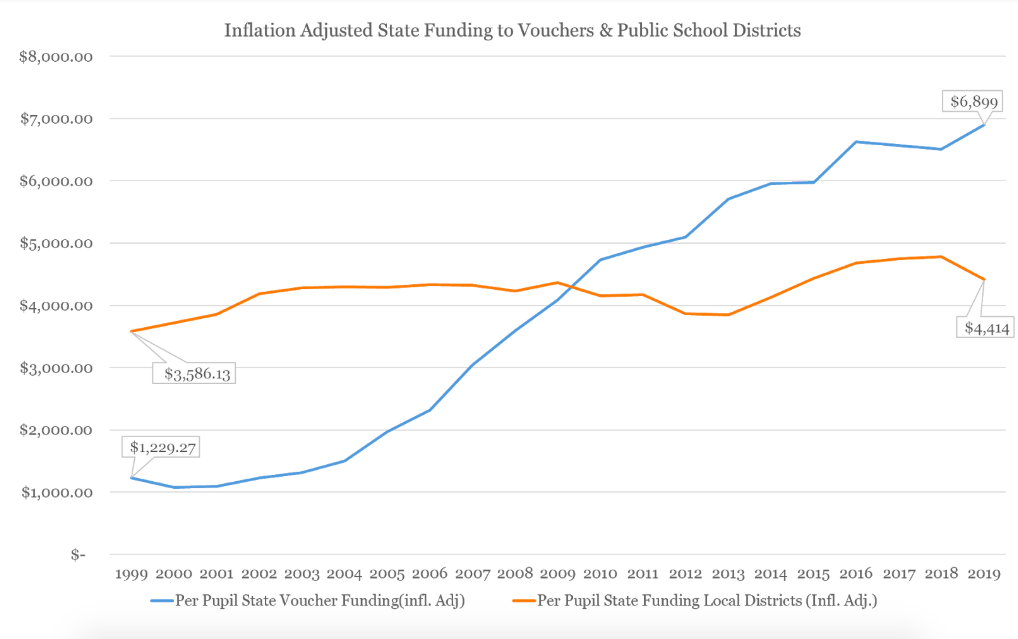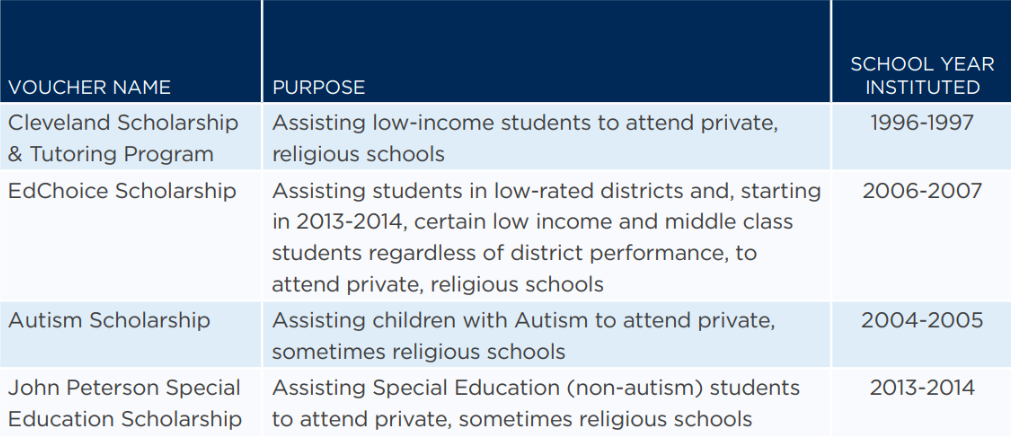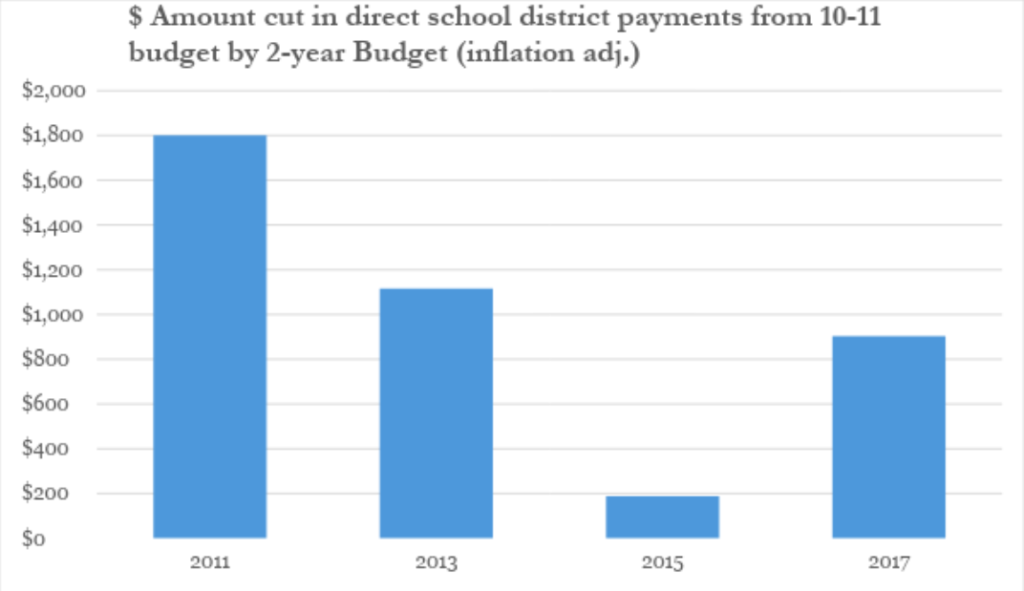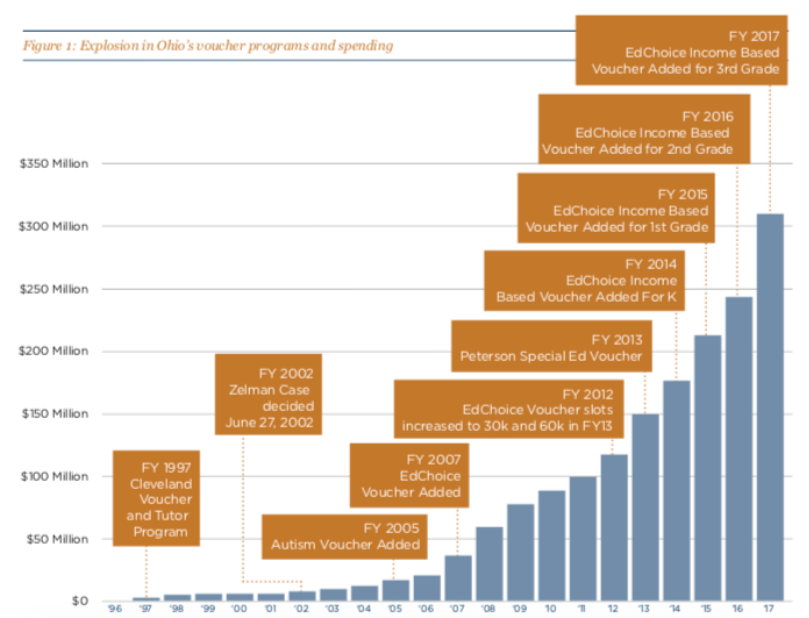By Lily Fergeson, Innovation Ohio Fellow
I recently graduated from The Ohio State University, attracted by their Women’s, Gender, and Sexuality Studies program and the Morrill Scholarship program. When deciding where to go to college, I researched several options based on location, major availability, campus atmosphere, student organizations, and more.
Out of the 16 colleges I applied, 15 had some form of women’s, gender, or sexuality studies programs. However, Ohio Senate Bill 83 and House Bill 151, also known as the “Enact Ohio Higher Education Enhancement Act,” seek to limit public colleges and universities in Ohio in many ways, including preventing faculty, staff, or students from being treated differently based on group identities such as race, gender, or sexuality. While this may seem like a positive step, the vague language could be used to eliminate programs like Women’s, Gender, and Sexuality Studies, scholarships based on identity, and student organizations focused on identity.
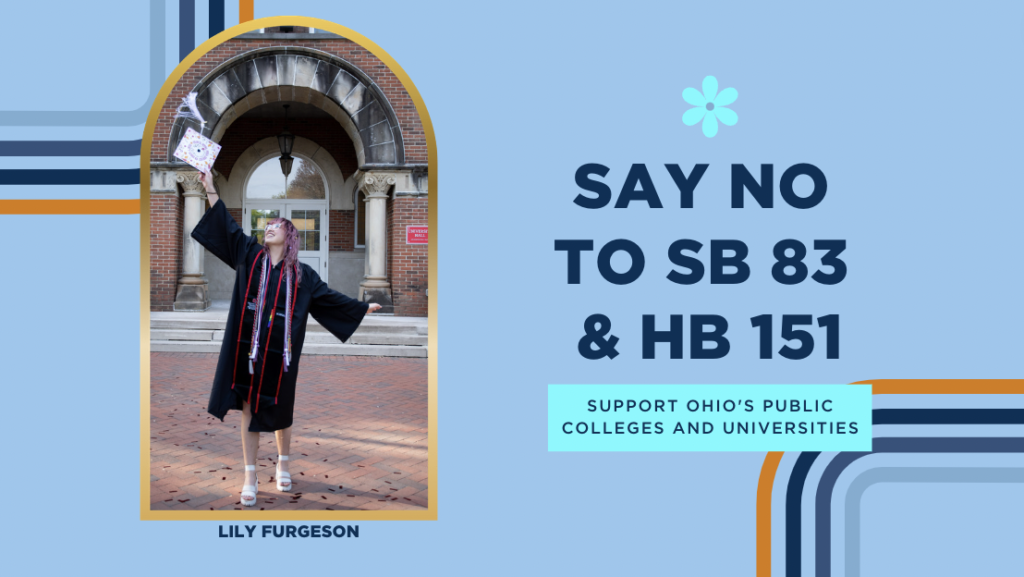
These bills would also significantly reduce state funding for public universities and colleges, making higher education less affordable and limiting opportunities for economic mobility. Furthermore, a governor-appointed CEO would oversee the operations of each institution, risking political interference and academic freedom. These bills could destroy the reasons why I and others came to Ohio’s public colleges and universities, preventing future students from coming to Ohio. In a recent poll of half a million college students, 61% said they tend to stay in the region where they graduated, so these bills could have long-term negative consequences for Ohio’s economy.
My mom’s side of the family all lived in northwest Ohio for about 200 years before nearly all leaving in just the last 30. Clearly, something is going on. Something is happening that is preventing people from coming here and staying here, despite Governor DeWine’s money and efforts poured into getting people to live here. Aside from Columbus, Ohio’s population is shrinking.
Perhaps we should take a look at what Ohio is getting wrong that is causing people to leave or not want to stay. I believe that if our lawmakers spent more time and money on efforts that we really want, rather than wasting time micromanaging our public colleges and universities, we could get more people not just to come here but to stay here and be happy to do so! Please join me in urging our representatives not to waste another minute or dime on SB 83 and HB 151.
In Solidarity,
Lily Furgeson
Innovation OhioFellow

